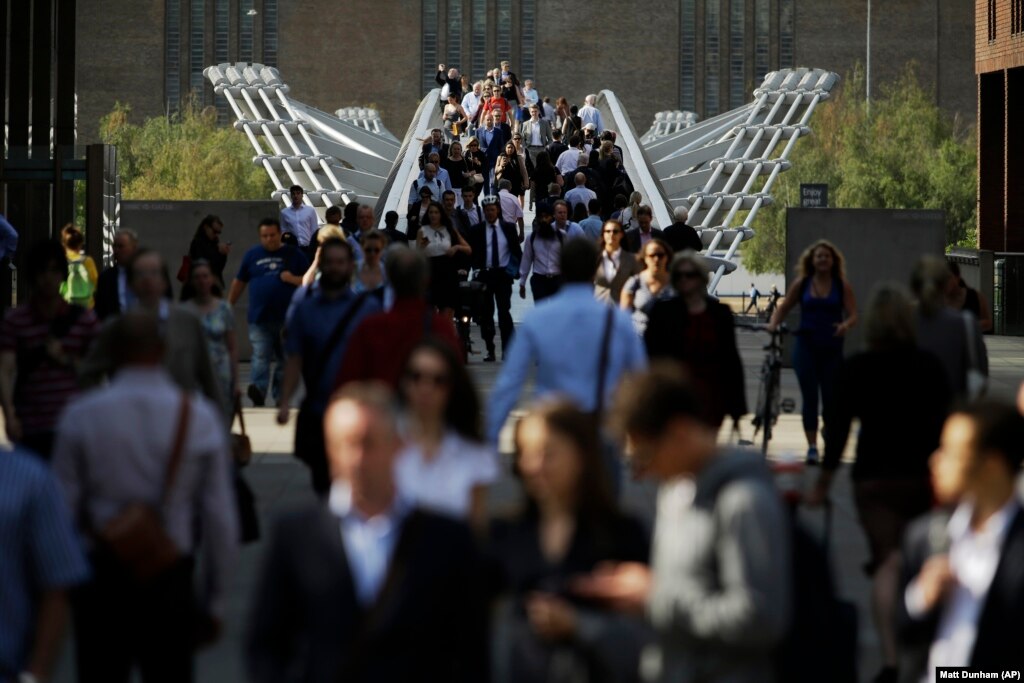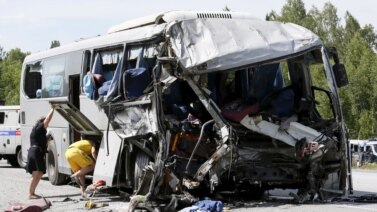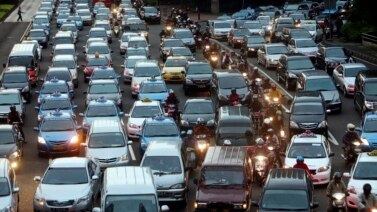
Looking to buy a used car?
Oslo, Norway will soon be a good buyer’s market.
It’s the first European capital to permanently ban cars from the city center. The plan will start no later than 2019, according to the Reuters news agency.
About 350,000 car owners will need to sell or relocate their vehicles to comply with the ban.
Oslo only has 600,000 residents. Until now, “car culture” was alive and well in Norway.
City governments around the world are already banning cars from downtowns for special events. This will be the first permanent ban by a major city.
Philadelphia asked downtown residents to move their cars for four days when Pope Francis visited in late September. Other streets were closed to incoming traffic.
But cyclists and pedestrians traveled with few restrictions.
Residents were happy with their temporarily congestion-free city. A group called “Open Streets Philly” asked officials to ban cars during summer weekends in 2016.
Other cities, like Barcelona, Spain and Bogota, Colombia, host “car-free” days. London encourages public transportation by charging congestion fees on car commuters.
Oslo is getting attention this week, but Madrid announced an even more ambitious plan last year. The Spanish capital will ban more cars from the city starting in 2020.
Philadelphia residents felt more relaxed, and children were free to play in the streets.
But there are more compelling reasons to limit cars in cities.
Car pollution affects air quality throughout the world. Drivers waste time looking for parking spots. Pedestrians and cyclists also feel safer without cars.
Engineers study pedestrians and crosswalks all the time. The Transportation Research Board proposed in 1972 that crosswalks provide pedestrians with a false sense of security.
A 2013 study by doctors in New York City said pedestrians are more likely to be hit by a car while in a crosswalk. There’s no doubt cars are a threat to pedestrians and cyclists. So logic follows that more trips will end safely if cars are removed.
Car-free cities may not be a fantasy if Oslo’s experience provides a strong example.
“The world will be watching and seeing how it goes,” Paul Steely White told Tech Insider. Mr. White is the executive director of Transportation Alternatives, an organization that supports car-free cities.
Oslo and Madrid will give New York and London a road map if they want to go car-free. In Norway, the plan includes at least 60-kilometers of new bike lanes. They will invest in the bus and tram network, too.
Some cities in the U.S. already have bike-sharing programs. Capital Bikeshare serves Washington, D.C. and Citi Bike is in New York City. But they are in their early stages and would need to expand.
White says car-free cities can happen only if the infrastructure is there. And that means more bike lanes, sidewalks, buses and subways.
In Oslo, the Green Party is part of the city council. Its advocates are celebrating.
"We want to make it better for pedestrians, cyclists. It will be better for shops and everyone," a spokesperson told Reuters.
I'm Dan Friedell.
What would you do if your car was banned in your city? Write to us in the Comments section or on our Facebook page.
Dan Friedell wrote this story for Learning English. Kathleen Struck was the editor.
Words in This Story
commute – n. the journey that you make when you travel to or from a place that you go to regularly (such as the place where you work)
sidewalk – n. a usually concrete path along the side of a street for people to walk on
comply – v. to do what you have been asked or ordered to do
congestion – adj. too full or crowded with something (such as vehicles or people)
fantasy – n. something that is produced by the imagination : an idea about doing something that is far removed from normal reality


